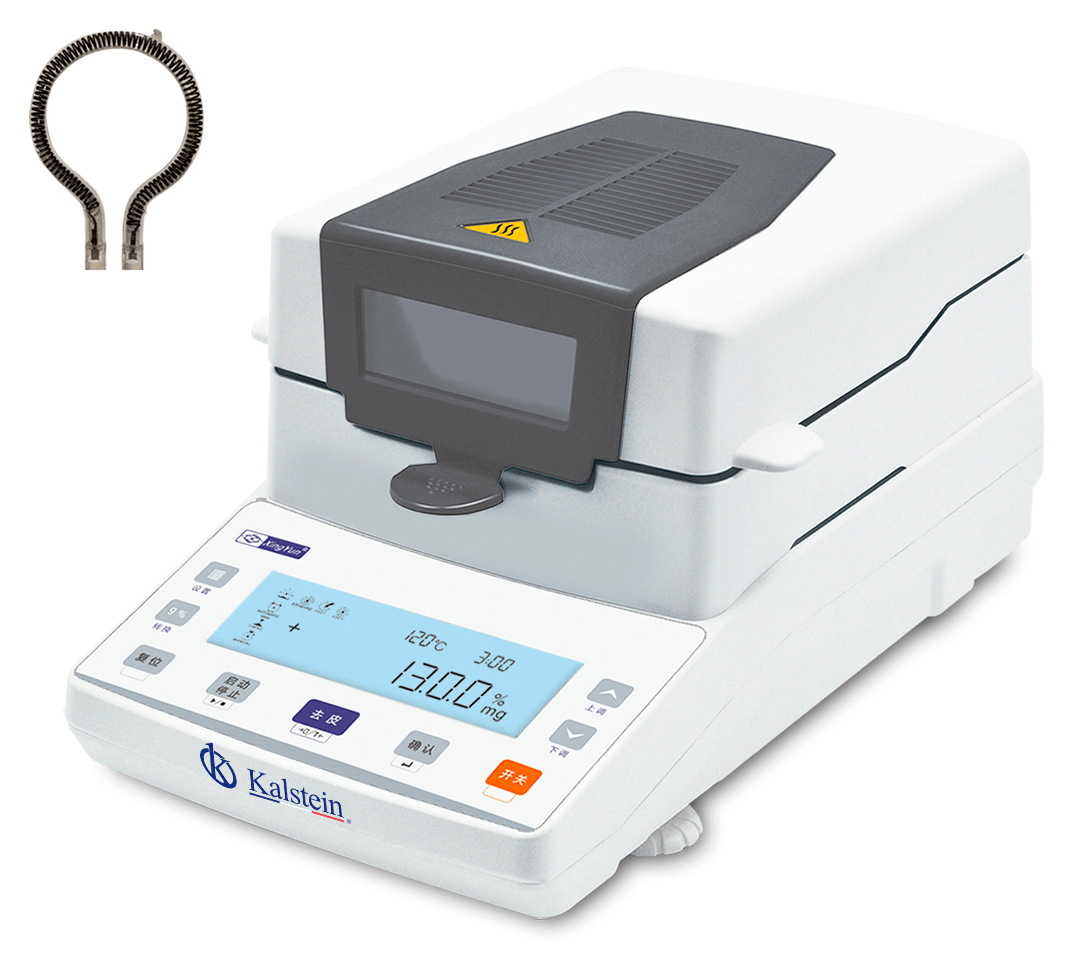Ammonium is a product of nitrogenous metabolism, is highly toxic and consists of nitrogen and hydrogen. Under physiological conditions, their rate of production and elimination is stable and they remain strictly regulated. The measurement of ammonium is used in clinical practice for the diagnosis, monitoring and prognosis of diseases related to hyperammonemia. The accuracy in the determination of ammonium depends to a great extent on preanalytical factors as well as on the methodology used.
Among the preanalytical factors linked to the patient we have the following: age (ammonium concentrations are four to eight times higher in neonates, and two to three times higher in children under three years of age), tobacco (it has been proven that ammonium concentrations rise 10 μmol/L after a cigarette), exercise (physiological values of ammonium increase more than three times after exercise), and certain drugs such as barbiturates and diuretics also increase ammonium levels . Regarding the sample to be used in the determination of ammonium, it is recommended to use plasma with EDTA.
What is the etiology of hyperammonemia?
Hyperammonemia is secondary to:
1. Increase in ammonium production.
a) Digestive hemorrhage.
b) Use of corticosteroids.
c) Trauma.
d) Total parenteral nutrition.
e) Infections by urease-degrading microorganisms.
f) Multiple myeloma.
2. Decrease in the elimination of ammonium.
a) Fulminant hepatic insufficiency
b) Porto-systemic short circuits
c) Drugs: among which stand out salicylates, glycine, valproate, carbamazepine, ribavirin and pyrimethamine
d) Inborn errors of metabolism: within those that are deficient in ornithine transcarbamylase, deficiency in the synthesis of carbamyl, organic acidurias, alterations in the oxidation of fatty acids.
What is the relationship between ammonium and brain physiopathology?
Under physiological conditions, astrocytes contribute adenosine-5 triphosphate, glutamine and cholesterol to the adjacent neurons. Neurons metabolize glutamine to glutamate, a neurotransmitter that activates N-methyl D-aspartate receptors. After its synaptic release, glutamate is recycled by astrocytes to glutamine. When ammonium levels rise acutely in the brain, conduction of astrocytes and neurons is affected. Astrocytes metabolize ammonium to glutamine, as a consequence there is elevated intracellular osmolarity that causes edema and loss of astrocytes releasing inflammatory cytokines such as tumor necrosis factor alpha (FNTα), Interleukin-1 and 6 and interferon.
In the remaining astrocytes there is inhibition of alpha ketoglutarate dehydrogenase, mediated by ammonium and depletion of the carboxylic acid necessary for the synthesis of glutamine, thus causing paralysis of the Krebs cycle. The decrease in the expression of glutamate receptors in astrocytes induces an increase in their concentrations and seizures, increase in cerebral blood flow, loss of effective cerebral autoregulation and development of cerebral edema and intracranial hypertension may occur.
Cerebral edema and herniation usually occur when arterial ammonium levels are greater than 200 μmol / liter. In patients with chronic hyperammonemia, ammonium is efficiently metabolized in the muscle and the splanchnic bed, with less deleterious effect in the brain since there is no acute increase in osmolarity, which is associated with downregulation of the receptors. N-methyl-D-aspartate and minor neurotoxicity due to glutamate.
Diagnosis
The initial evaluation of patients in whom hyperammonemia is suspected consists of the serum determination of ammonium. Once confirmed that there is hyperammonemia, studies should be conducted to determine its etiology, among which are: liver function tests, coagulation tests, liver ultrasound, computed tomography of the abdomen.
If these studies were not sufficient to determine the etiology, inborn errors of metabolism should be suspected and for this the following determinations should be made in serum and urine: Citrulline, Glutamine, and Arginosuccinic acid.
Considering the importance of the determination of ammonium for all the aforementioned clinical implications, Kalstein offers you EDTA test tubes of the highest quality that will allow you to obtain optimal results in this determination. That’s why we invite you to take a look: HERE



